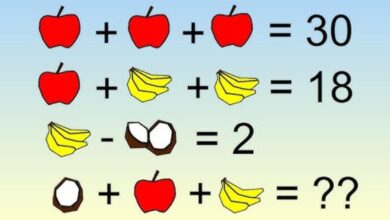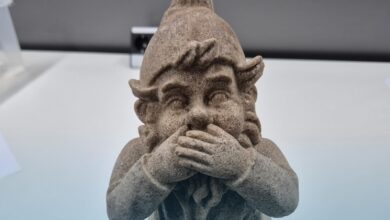In a first, NASA Webb Telescope captures jets of gas from newborn stars. See stellar pic | Trending

NASA’s James Webb Telescope which was launched in December 2021 has brought light to numerous intriguing findings. Recently, the telescope captured jets of gas from newborn stars for the first time. A mesmerising image of this phenomenon was shared on Instagram the official handle of the space agency. This image of jets of gas from newborn stars was shared NASA. “Astronomers have long assumed that as clouds collapse to form stars, the stars will tend to spin in the same direction. However, this has not been seen so directly before. These aligned, elongated structures are a horical record of the fundamental way that stars are born,” said aid principal investigator Klaus Pontoppidan of NASA Jet Propulsion Laboratory.” Now catch your favourite game on Crickit. Anytime Anywhere. Find out how The space agency informed, “Previously, the objects appeared as blobs or were invisible in optical wavelengths. Webb’s sensitive infrared vision was able to pierce through the thick dust, resolving the stars and their outflows.” (Also Read: Internet buzzes over NASA’s ‘space potato’: Meet Phobos, Mars’s lumpy moon. See pic) They also added, “This area is part of the Serpens Nebula. Located 1,300 light-years from Earth, it’s only 1-2 million years old — very young in cosmic terms! It’s home to a dense cluster of newly forming stars (about 100,000 years old), seen at the centre of this image.” Take a look at the post here: This post was shared a few days ago. Since being posted, it has gained more than four lakh likes. The share also has numerous comments. Many people were in awe of the picture. Here’s what people had to say:An individual wrote, “I never thought the universe would have actual disco lighting.” A second said, “This kind of unmatched beauty is only found in space.” “So amazing. Beautifully breathtaking,” posted someone else. Another commented, “Whoever has been doing the captions lately deserves a raise, making astronomy relatable and accessible for all of us. Thank you!”







